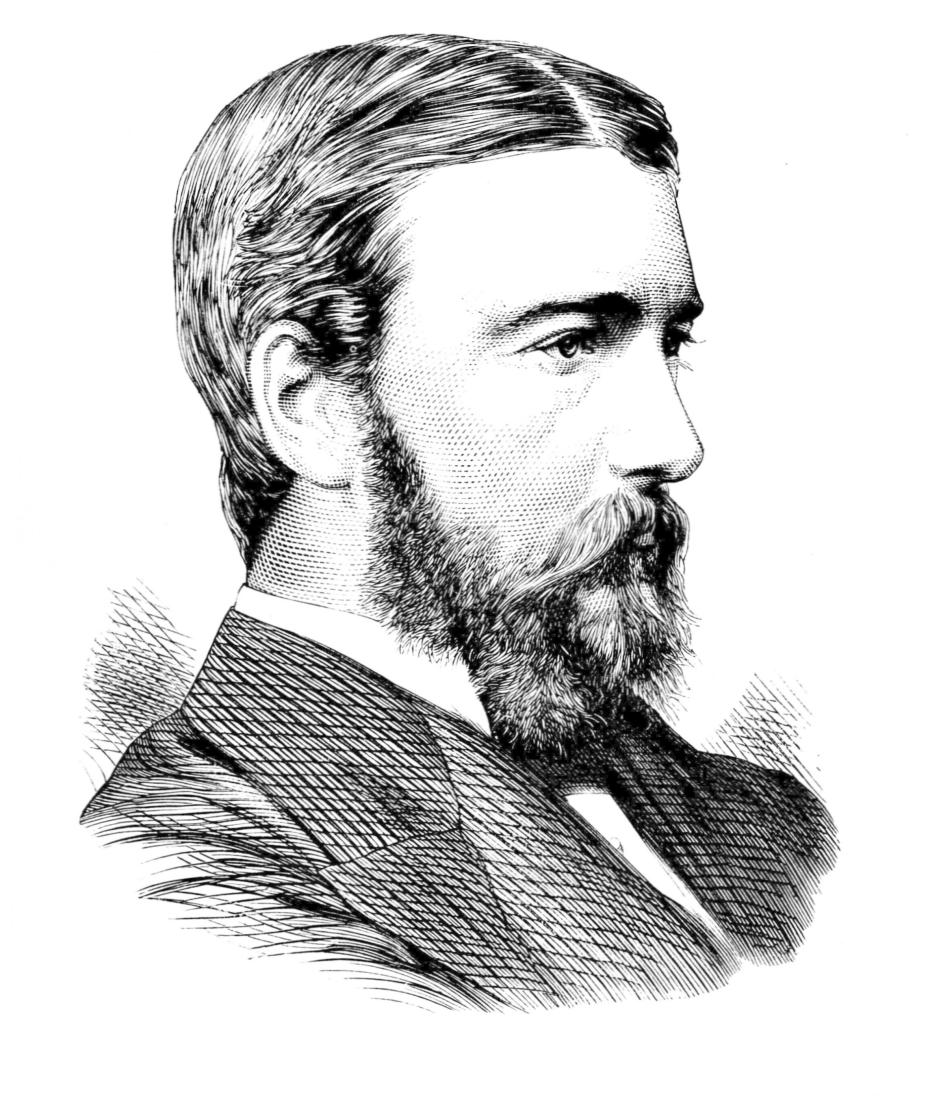Joseph Norman Lockyer (1836–1920)
Joseph Norman Lockyer was born in Rugby, England, on May 17, 1836. He started working as a civil servant and pursued his interest in astronomy on an amateur basis. He was elected a Fellow of the Royal Society on March 14, 1862, and his rising reputation as a solar physicist led him to be appointed in 1885 Director of the Solar Physics Observatory in South Kensington.

Portrait of J. Norman Lockyer.
Wikipedia
Lockyer made numerous major contributions to the rising field of spectroscopy. In 1868 he fitted a spectrograph on a telescope in manner allowing him to study prominences and the outer solar atmosphere on a routine basis (as opposed to only at times of total eclipse). He coined the name "Chromosphere", still in use today, for the outer layers of the solar atmosphere. In France, Jules Janssen was simultaneously and independently proceeding along very similar lines and coming to similar conclusions. The following year, working in collaboration with Janssen, Lockyer identified a chromospheric spectral line of a previously unknown chemical element, which he named "Helium." Helium was finally isolated in the laboratory in 1895 by William Ramsay, following which Lockyer was knighted.
In 1869 Lockyer founded the journal "Nature", to this day one of the leading general scientific Journals. He edited that Journal for 50 years.
In 1890 Lockyer became interested in possible astronomical alignments of ancient Greek and Egyptian monuments and temples, and in 1901 he extended his studies to Stonehenge. Once approximate alignment of a given monument had been identified, he had the interesting idea to date the monument by assuming exact alignment at time of construction and interpreting the difference in terms of the precession of the Earth's orbital axis. His derived age of 1848 BC for the construction of Stonehenge was spectacularly confirmed much later, in 1952, by radiocarbon dating. Although many of Lockyer's hypotheses and conclusions were not universally well received and often did not survive the test of time, he is to be credited with founding the field of archeoastronomy.
He died on August 16, 1920 in Salcombe Regis, Devonshire.
Bibliography
Lockyer, J.N. 1894, Dawn of astronomy [1964 reprint, M.I.T. Press].
Meadows, A.J. 1972, Science and Controversy: A biography of Sir Norman Lockyer, MIT Press.